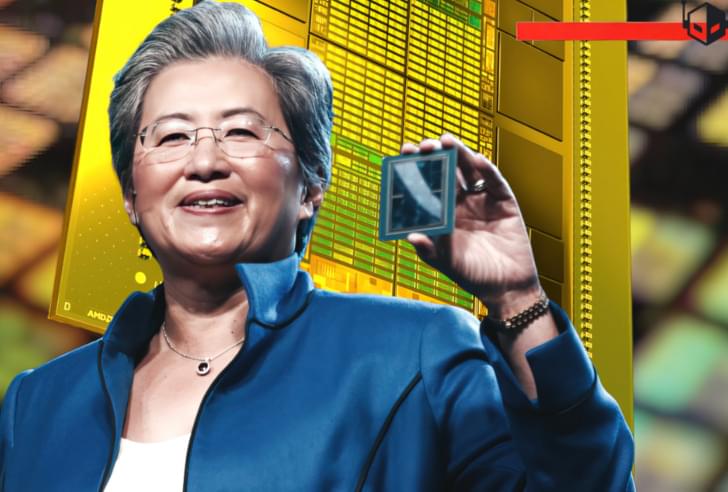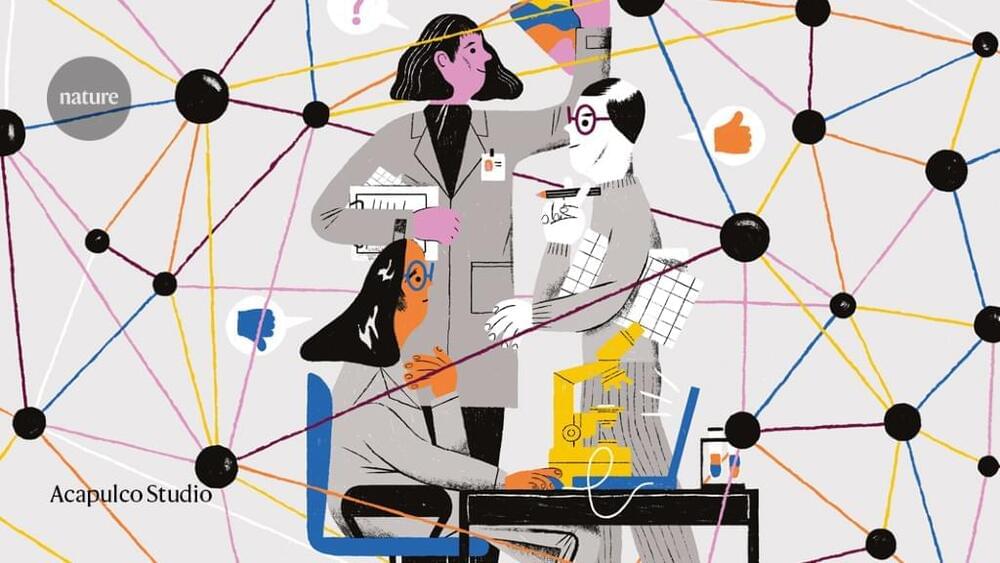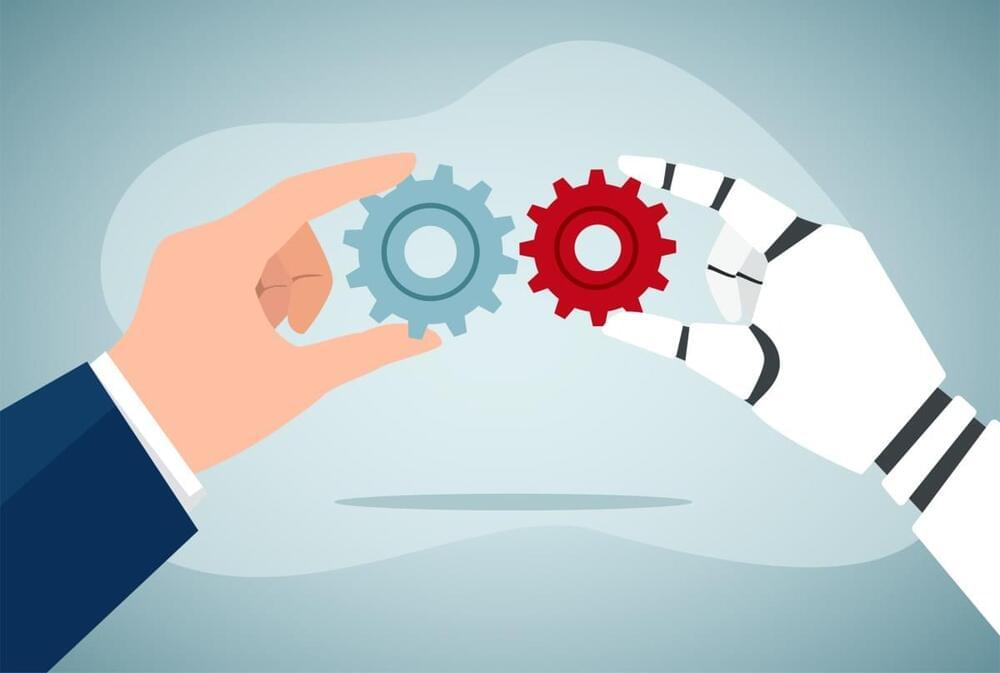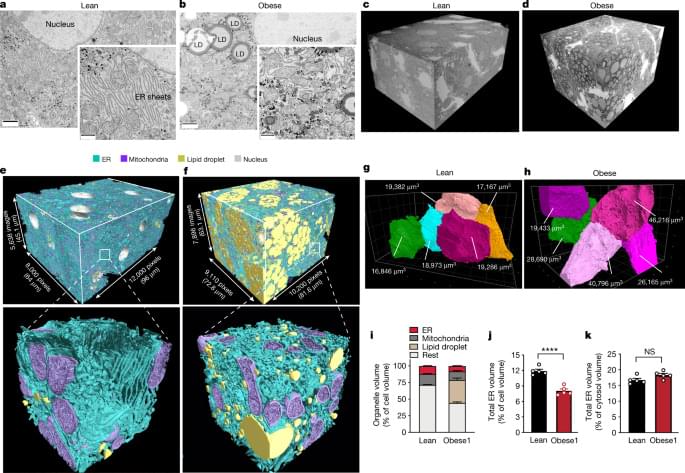AMD is reportedly concerned with the pace of the developments occurring within the AI industry seeing it as a potential ‘moat’.




Large language models are trained on all kinds of data, most of which it seems was collected without anyone’s knowledge or consent. Now you have a choice whether to allow your web content to be used by Google as material to feed its Bard AI and any future models it decides to make.
It’s as simple as disallowing “User-Agent: Google-Extended” in your site’s robots.txt, the document that tells automated web crawlers what content they’re able to access.
Though Google claims to develop its AI in an ethical, inclusive way, the use case of AI training is meaningfully different than indexing the web.
Looks like the Metaverse got an upgrade.
Mark Zuckerberg is CEO of Meta.
Thank you for listening ❤ Please support this podcast by checking out our sponsors:
- LMNT: https://drinkLMNT.com/lex to get free sample pack.
- InsideTracker: https://insidetracker.com/lex to get 20% off.
- Eight Sleep: https://www.eightsleep.com/lex to get special savings.
- AG1: https://drinkag1.com/lex to get 1 month supply of fish oil.
- NetSuite: http://netsuite.com/lex to get free product tour.
TRANSCRIPT:
Transcript for Mark Zuckerberg: First Interview in the Metaverse | Lex Fridman Podcast #398
EPISODE LINKS:
Fourier Intelligence-Robotics/YouTube.
Set in Salem, Oregon, “RoboFab”, Agility Robotics’ 70,000-square-foot robot factory is slated to open later this year and manufacture the company’s bipedal robot Digit.

MENLO PARK, California, Sept 28 (Reuters) — Meta Platforms (META.O) used public Facebook and Instagram posts to train parts of its new Meta AI virtual assistant, but excluded private posts shared only with family and friends in an effort to respect consumers’ privacy, the company’s top policy executive told Reuters in an interview.
Meta also did not use private chats on its messaging services as training data for the model and took steps to filter private details from public datasets used for training, said Meta President of Global Affairs Nick Clegg, speaking on the sidelines of the company’s annual Connect conference this week.
“We’ve tried to exclude datasets that have a heavy preponderance of personal information,” Clegg said, adding that the “vast majority” of the data used by Meta for training was publicly available.
This video covers digital immortality, its required technologies, processes of uploading a mind, its potential impact on society, and more. Watch this next video about the world in 2200: https://bit.ly/3htaWEr.
🎁 5 Free ChatGPT Prompts To Become a Superhuman: https://bit.ly/3Oka9FM
🤖 AI for Business Leaders (Udacity Program): https://bit.ly/3Qjxkmu.
☕ My Patreon: https://www.patreon.com/futurebusinesstech.
➡️ Official Discord Server: https://discord.gg/R8cYEWpCzK
CHAPTERS
00:00 Required Technologies.
01:42 The Processes of Uploading a Mind.
03:32 Positive Impacts On Society.
05:34 When Will It Become Possible?
05:53 Is Digital Immortality Potentially Dangerous?
SOURCES:
• The Singularity Is Near: When Humans Transcend Biology (Ray Kurzweil): https://amzn.to/3ftOhXI
• The Future of Humanity (Michio Kaku): https://amzn.to/3Gz8ffA
• https://www.scientificamerican.com/article/what-is-the-memory-capacity/
• https://www.anl.gov/article/researchers-image-an-entire-mous…first-time.
• https://interestingengineering.com/cheating-death-and-becomi…-uploading.
Official Discord Server: https://discord.gg/R8cYEWpCzK
💡 On this channel, I explain the following concepts:
• Future and emerging technologies.
• Future and emerging trends related to technology.
• The connection between Science Fiction concepts and reality.
SUBSCRIBE: https://bit.ly/3geLDGO
Meet AV1, the mini robot that goes to the zoo or school for sick children who can’t.
Subscribe: http://smarturl.it/reuterssubscribe.
Reuters brings you the latest business, finance and breaking news video from around the globe. Our reputation for accuracy and impartiality is unparalleled.
Get the latest news on: http://reuters.com/
Follow Reuters on Facebook: https://www.facebook.com/Reuters.
Follow Reuters on Twitter: https://twitter.com/Reuters.
Follow Reuters on Instagram: https://www.instagram.com/reuters/?hl=en.
#RobotsAtWork


Fascinating 3D electron microscopy study by Parlakgül et al. wherein they compare the subcellular organization of liver tissue from lean and obese mice. The authors found substantial differences in endoplasmic reticulum (ER) organization. These ER differences were shown to directly influence metabolic health in a causal fashion, opening the doors to new ways of treating metabolic dysfunction. #electronmicroscopy #cellbiology #metabolism
Detailed reconstruction using enhanced focused ion beam scanning electron microscopy imaging and deep-learning-based automated segmentation demonstrates that hepatocyte subcellular organelle architecture regulates metabolism.